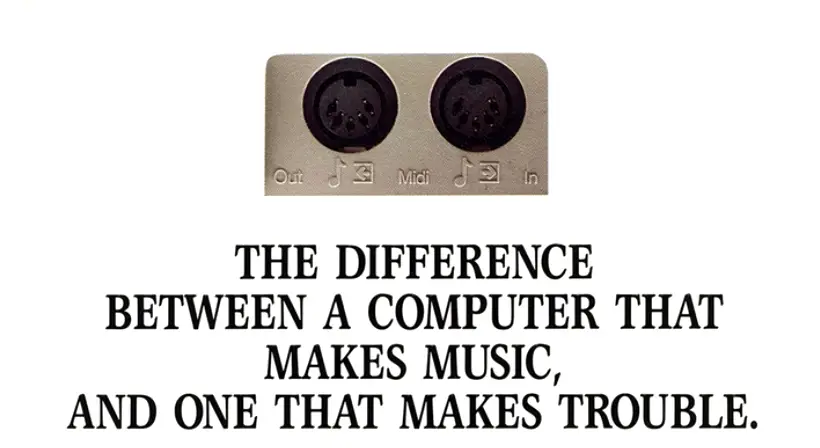Weil ich es hier aus Versehen schon gestern schon drin hatte, bevor ich überhaupt dazu kam, es mir anzusehen und weil es auch heute noch so wunderbar nerdig ist: RubenRetro hat einen Emulator entwickelt, der Windows 3.1 auf einem GameBoy laufen lässt. Das Ding spielt Musik, hat Microsoft Paint i Graustufen inklusive Print-Option, lässt einen Minesweeper zocken und bringt sogar den obligatorischen Blue Screen of Death. Dabei ist GBS Windows keine angepasste Version des Original-Betriebssystems Windows 3.1 von Microsoft. Eher hat der Entwickler eine Art Spiel geschaffen, das dem klassischen Windows ähnlich sieht. Was früher mal das fragile Herz unserer Rechner war heute also als Spiel für den GameBoy. Ich mag die Idee.
(Direktlink, via Yanko Design) Einen Kommentar hinterlassen




